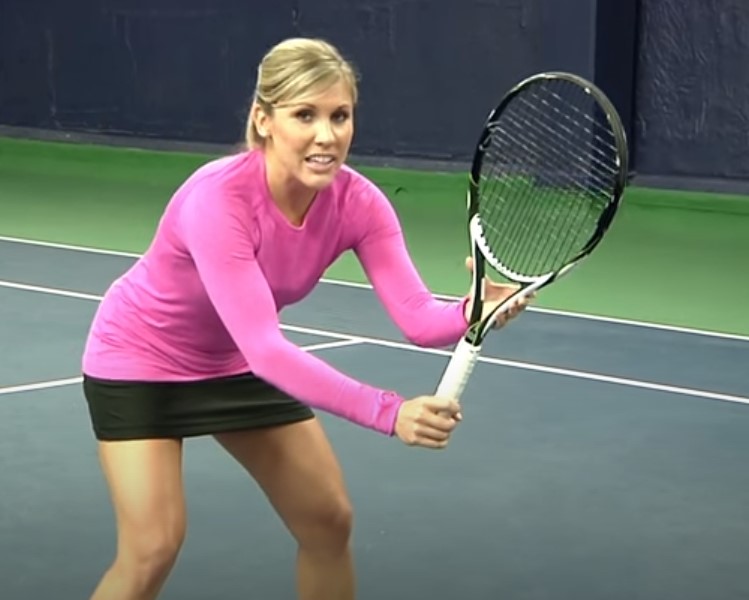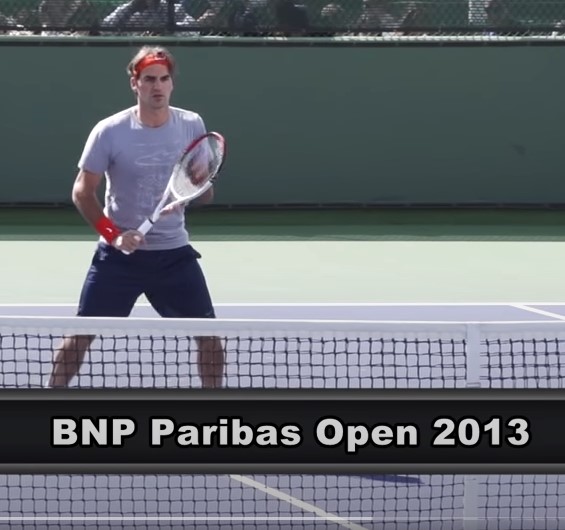There are a ton of videos out there about how to hold the racquet in the ready position for volleys, but less about the ready stance. I've been taught the ready stance where the chest is leaning forwards and out over the toes. Of course the feet are spread and knees are bent in an "athletic position" as well. I've seen this demonstrated by many teaching pros and the idea is to keep the weight and balance primed to move forward. But I am starting to think this position really slows me when going for high balls or when having to drop back for a lob. I think more actual playing pros are closer to upright at the net with their upper bodies, and they are just low and wide wide with their feet. That way they are more balanced to move in any direction. Thoughts?
I'm leaning [no pun intended] towards the same view as you but maybe it's not an "either/or" answer but a situational one. I probably don't use the same ready stance for every situation.
For example, I'm playing doubles, my partner's serving, and he's got a good serve so I'm expecting a weak return. I'd probably be more upright and looking to attack, not worried about a lob; that's my partner's ball.
Compare that with we're receiving and the opposing net man is poaching my partner's return and I'm about to get lit up. I'd be more crouched and looking to defend.
Perhaps the reason the stance demonstrated by so many coaches is because they know the average person would otherwise stand straight up with no readiness whatsoever so maybe they exaggerate it a bit?
Also, notice that Fed is biased towards the BH, which to me makes sense since the BH volley will be able to cover more than 50% due to shoulder mechanics.


